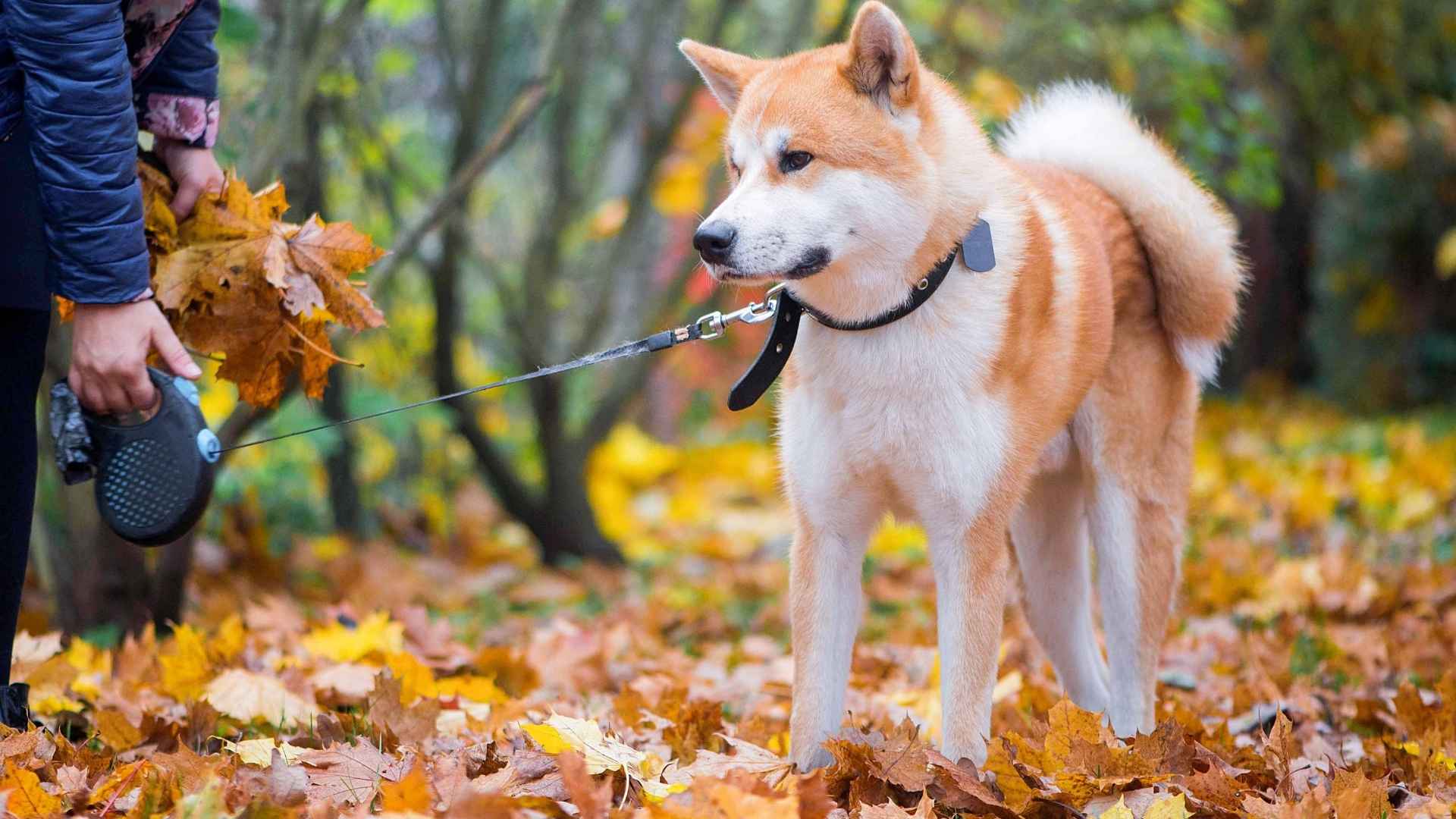Some dogs just don’t listen, no matter how many treats you give them. However, if you’re struggling to train your pup, you’re not alone. According to the American Kennel Club (AKC), certain breeds are naturally stubborn and independent. These dog breeds often test the patience of even the most loving pet owners.
They may be intelligent, loyal, or affectionate, but that doesn’t always make training fun or easy. They often ignore commands, get bored quickly, or lose focus during lessons. This can be frustrating for any pet owner, especially when potty training or teaching basic obedience.
If your pup tends to ignore commands, pulls on the leash, or takes forever with potty training, it may be due to their breed’s nature. But don’t worry, proper training, enough exercise, and a bit of love can go a long way. Let’s dive into these fascinating yet difficult dog breeds.
Hard-To-Train Medium Dog Breeds
1. Basenji
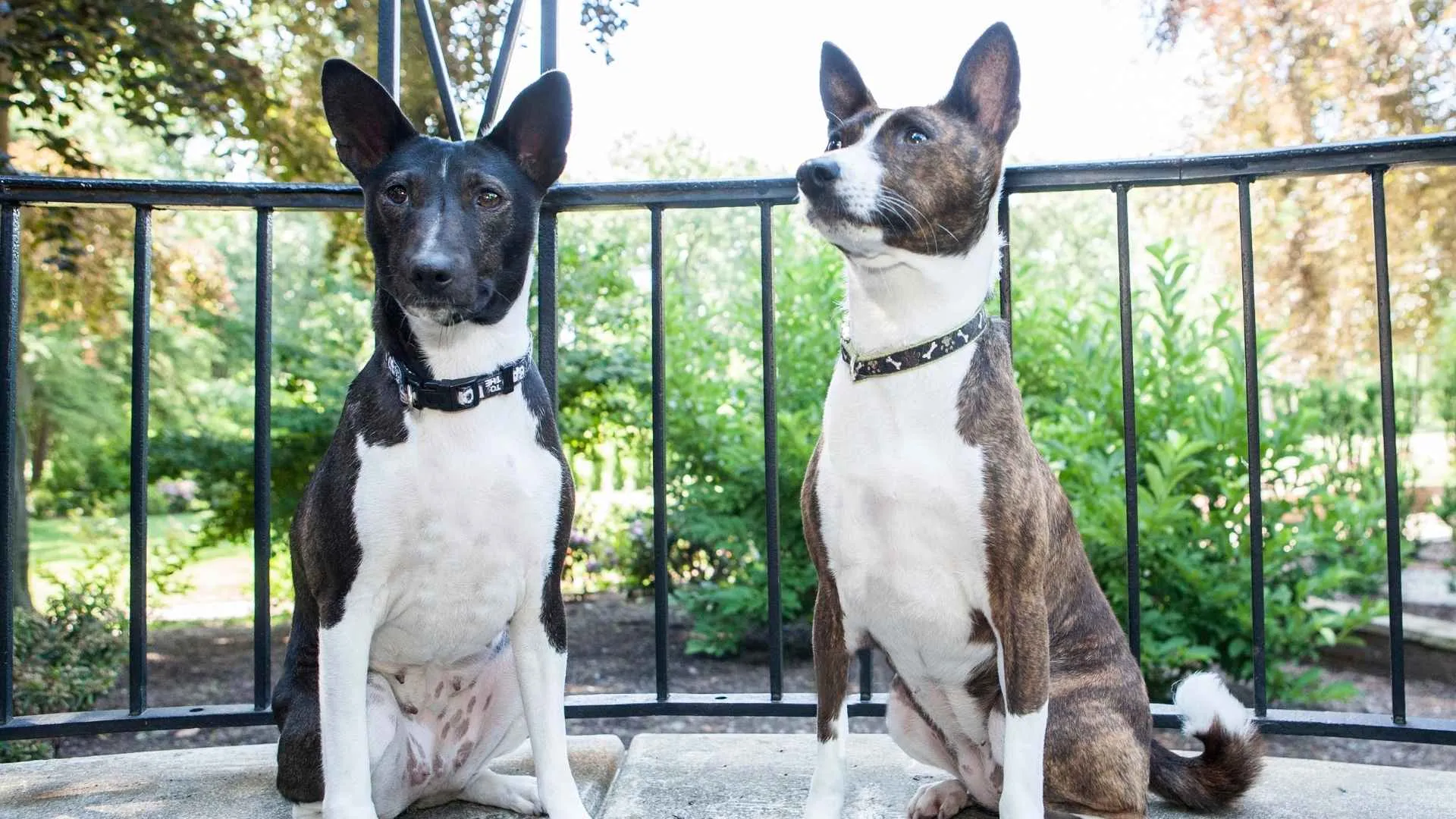
It is an ancient dog breed from Africa that is recognized as a scenthound and a sighthound. Moreover, it is medium-sized, 16 to 24 inches tall, and weighs between 22 to 24 pounds. It has a short coat which can be of different colors. Further, its head is long with a pointed muzzle and erect ears. Britannica states that its barkless vocalization is its unique feature. Their bark is different from other dogs.
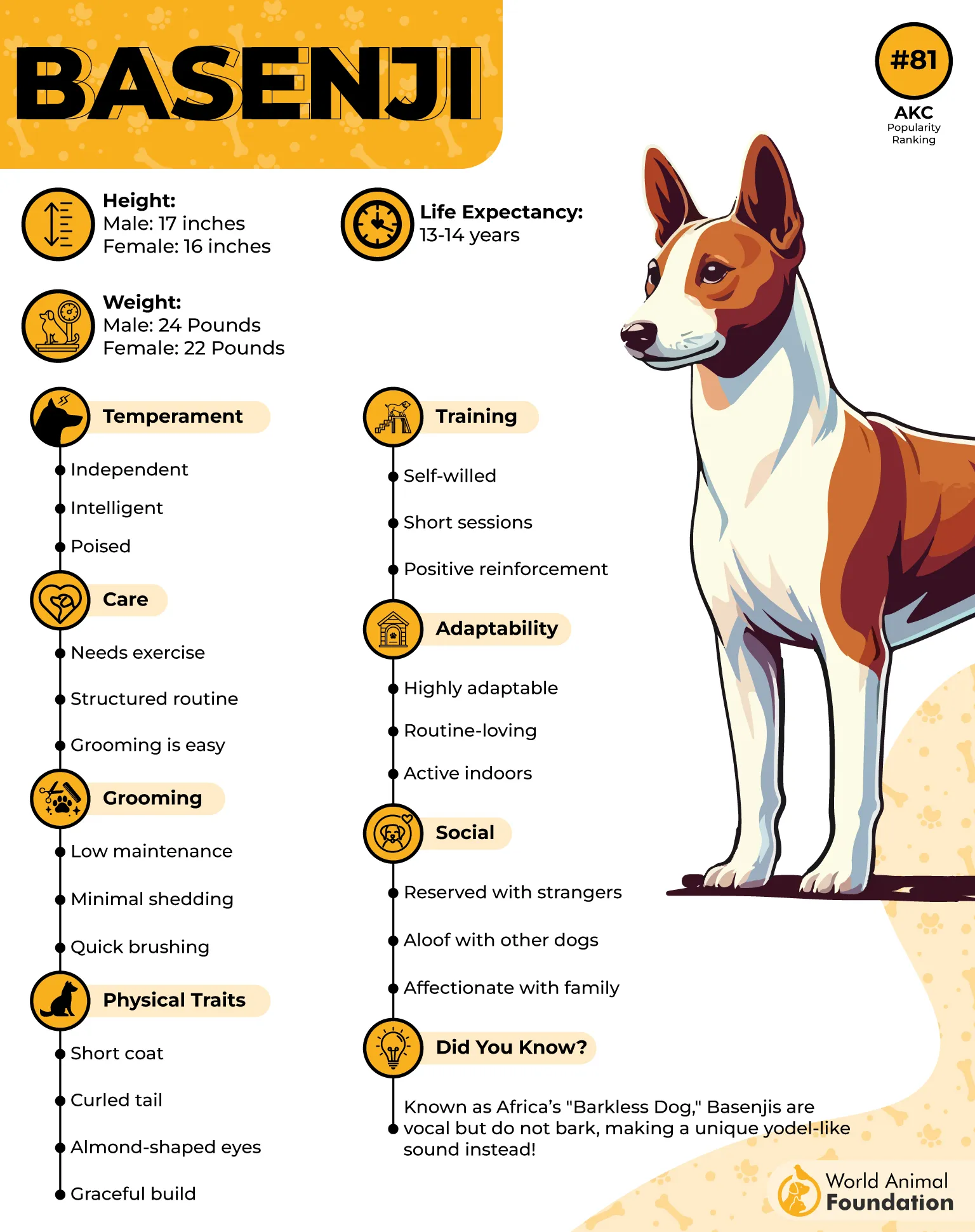
Basenji is a high-energy dog; therefore, it needs a lot of exercise. You need to let them exercise for a minimum of 30 minutes. Apart from being high energy, they are also extremely intelligent, so mental stimulation is also required.
This breed is independent; therefore, they are very difficult to train. They tend to be selective while responding to commands. Therefore, they ignore commands that do not suit them.
2. Chow Chow
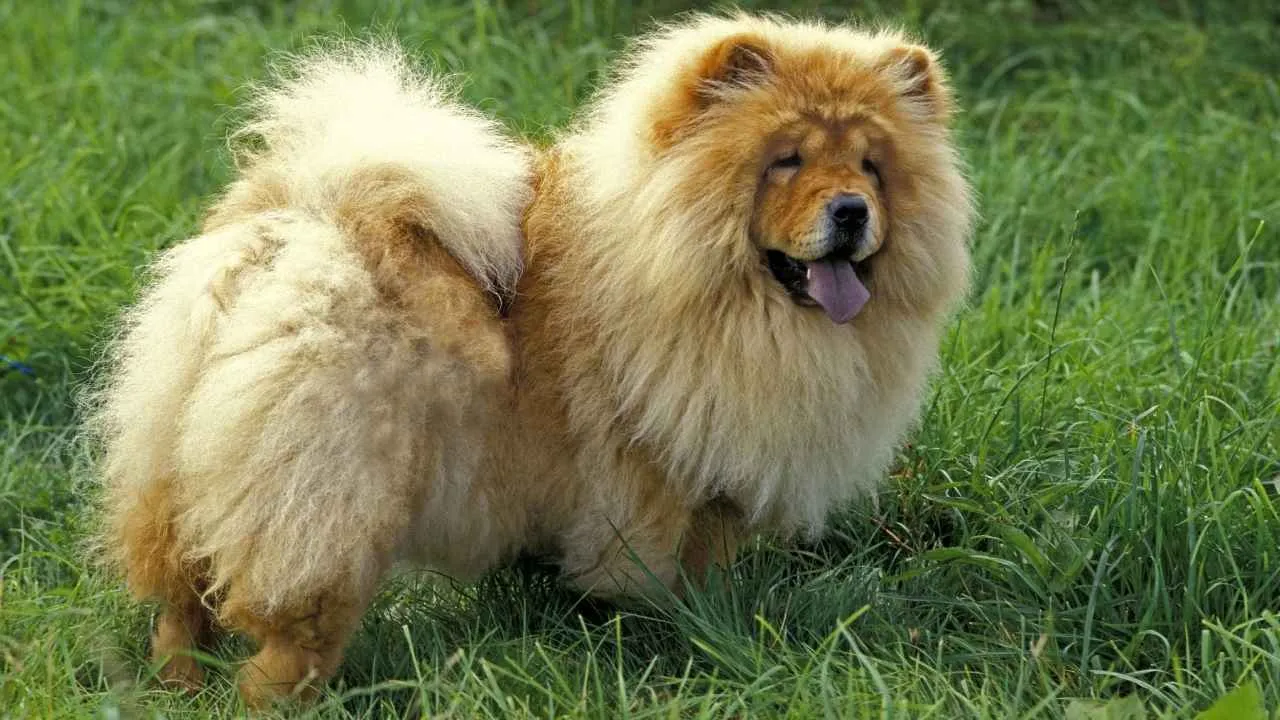
Chow Chow is a medium to large dog that originated from China. It belongs to a working breed that is famous for its line-like appearance and its unique blue-black tongue. This dog has a rich history, and it has served various purposes that including hunting, guarding, and pulling carts.
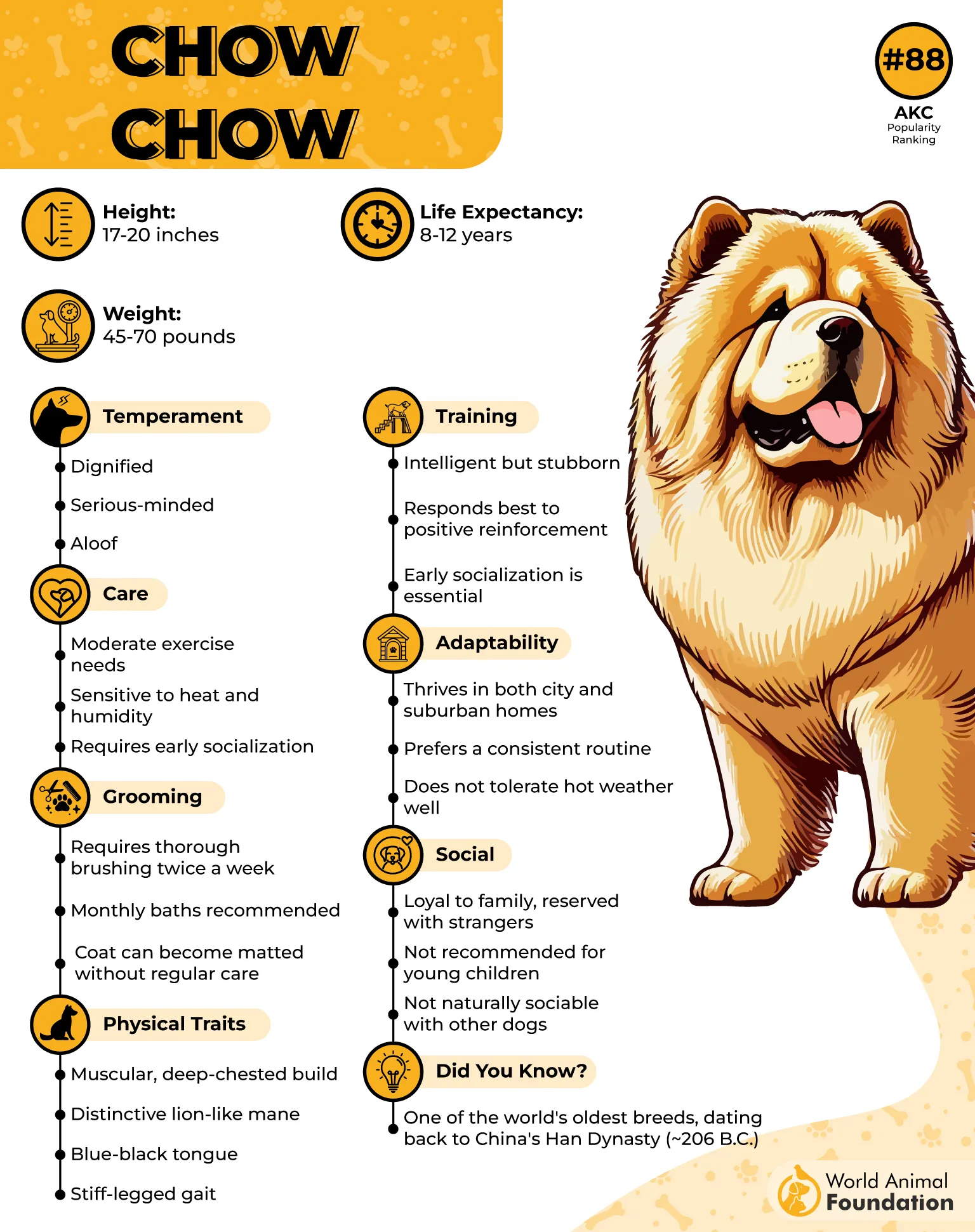
Personality-wise, they are a very loyal companion. Moreover, they are highly intelligent and very independent. PDSA pointed out that Chow Chows have cat-like tendencies, so they are difficult to train. They are also wary of strangers, so early socialization is very important.
3. English Bulldog
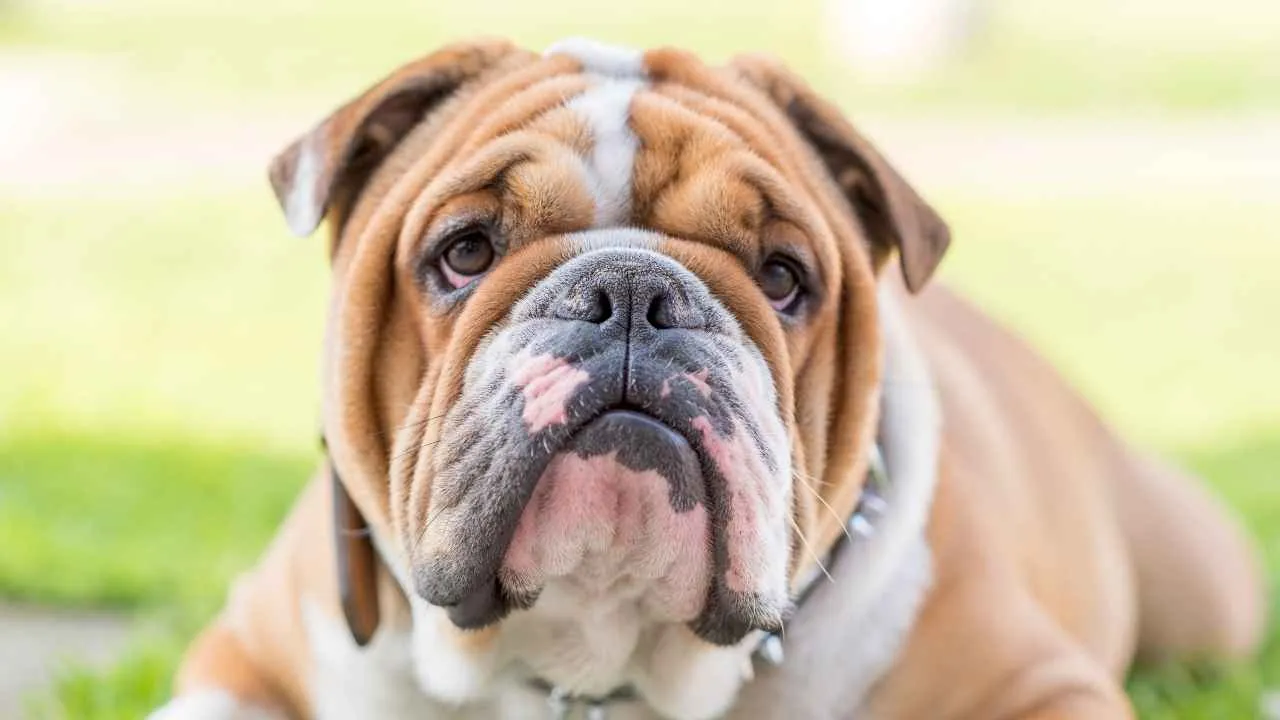
Bulldogs that are commonly known as English Bulldogs are very well-known and in high demand dogs in the world. These small dogs have a low muscular profile, solid build up and wrinkled face. Their head is large with broad shoulders. It is pertinent to mention that the current breed of English Bulldog is different from the one that was originally bred.
These dogs have a very stubborn streak and strong will, so they may not be easy to train as compared to other dogs. Pet parents need patience to train them.
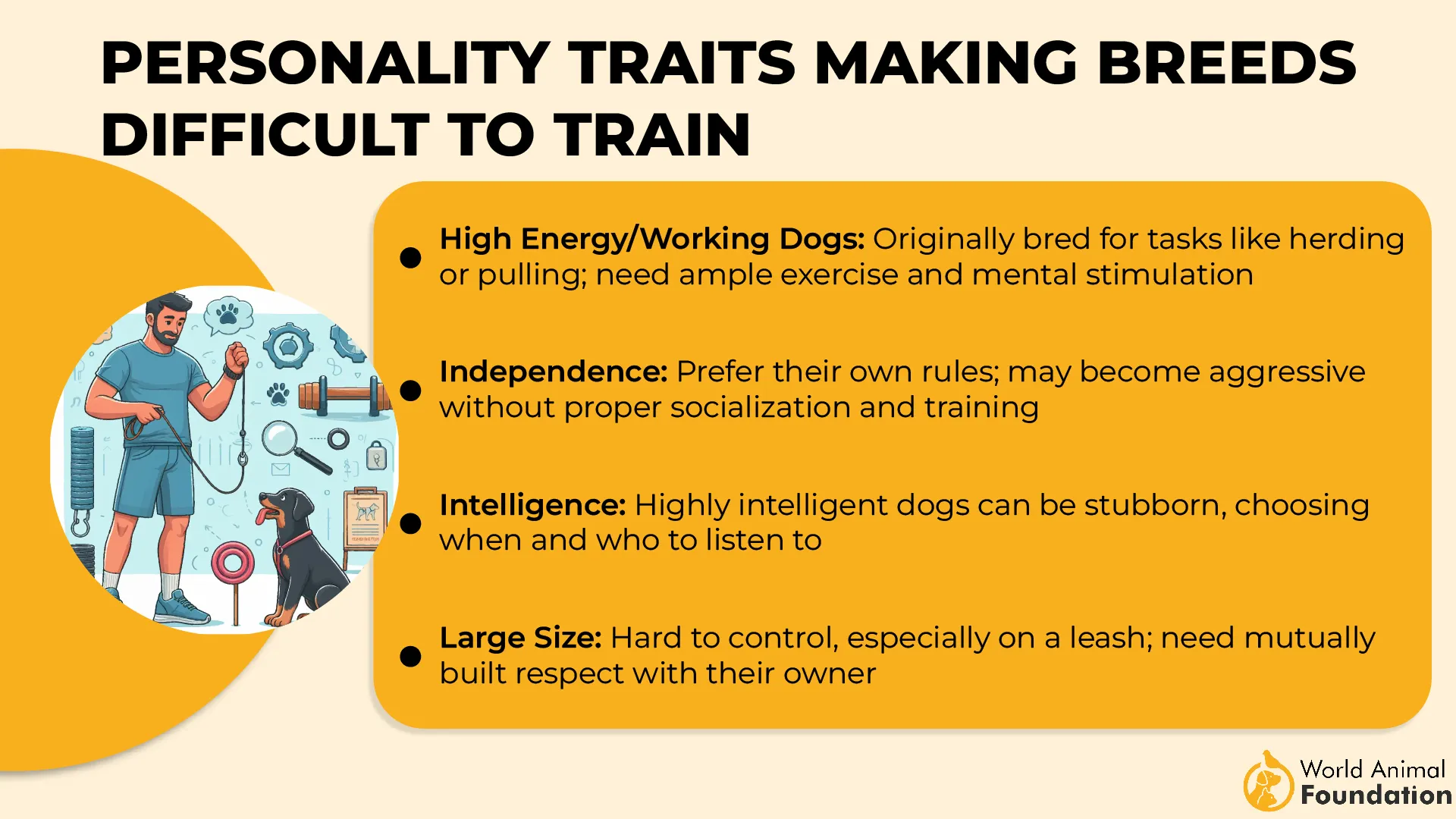
You have to repeat the command multiple times before it can respond. Moreover, pet parents must know that English bulldogs like short training sessions, along with plenty of positive reinforcement.
4. Afghan Hound
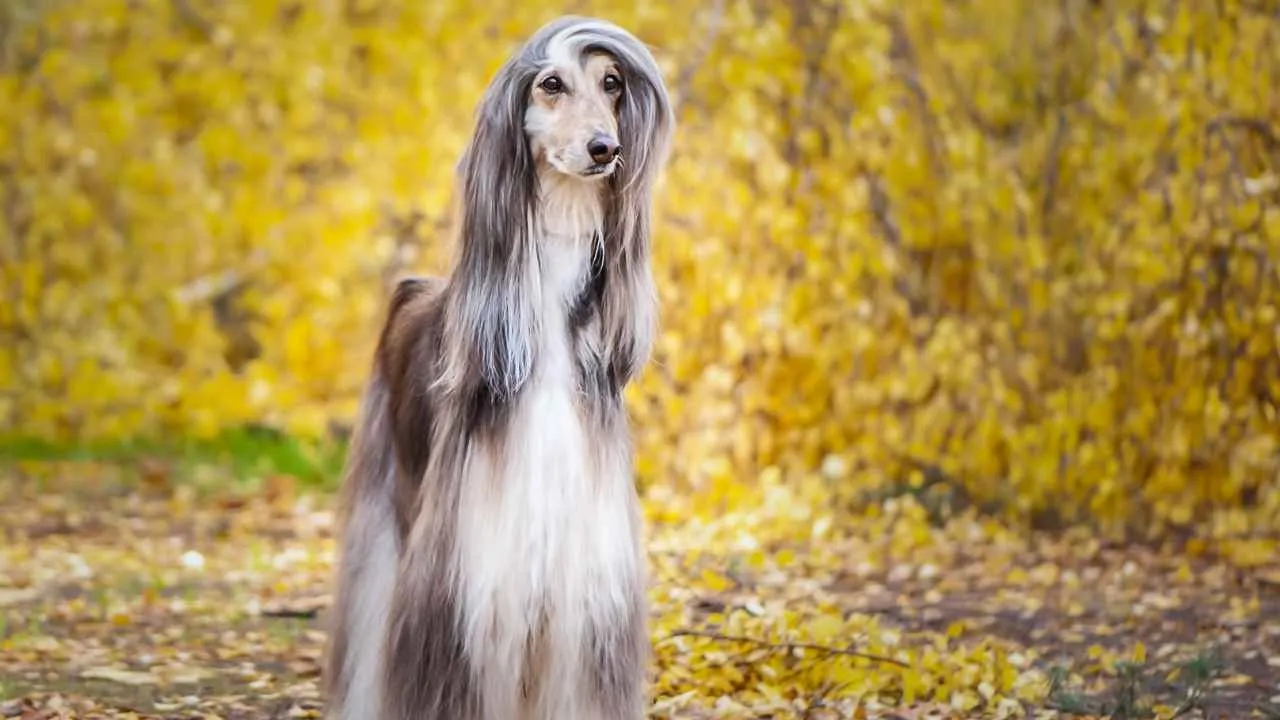
Afghan Hound is an ancient and elegant sighthound breed that originated from the mountains of Afghanistan. These tall dogs have a long coat of silky, straight hair. WebMD mentions them as the most glamorous dogs. NHR stated that Snuppy, the world’s first cloned dog, was an Afghan Hound.
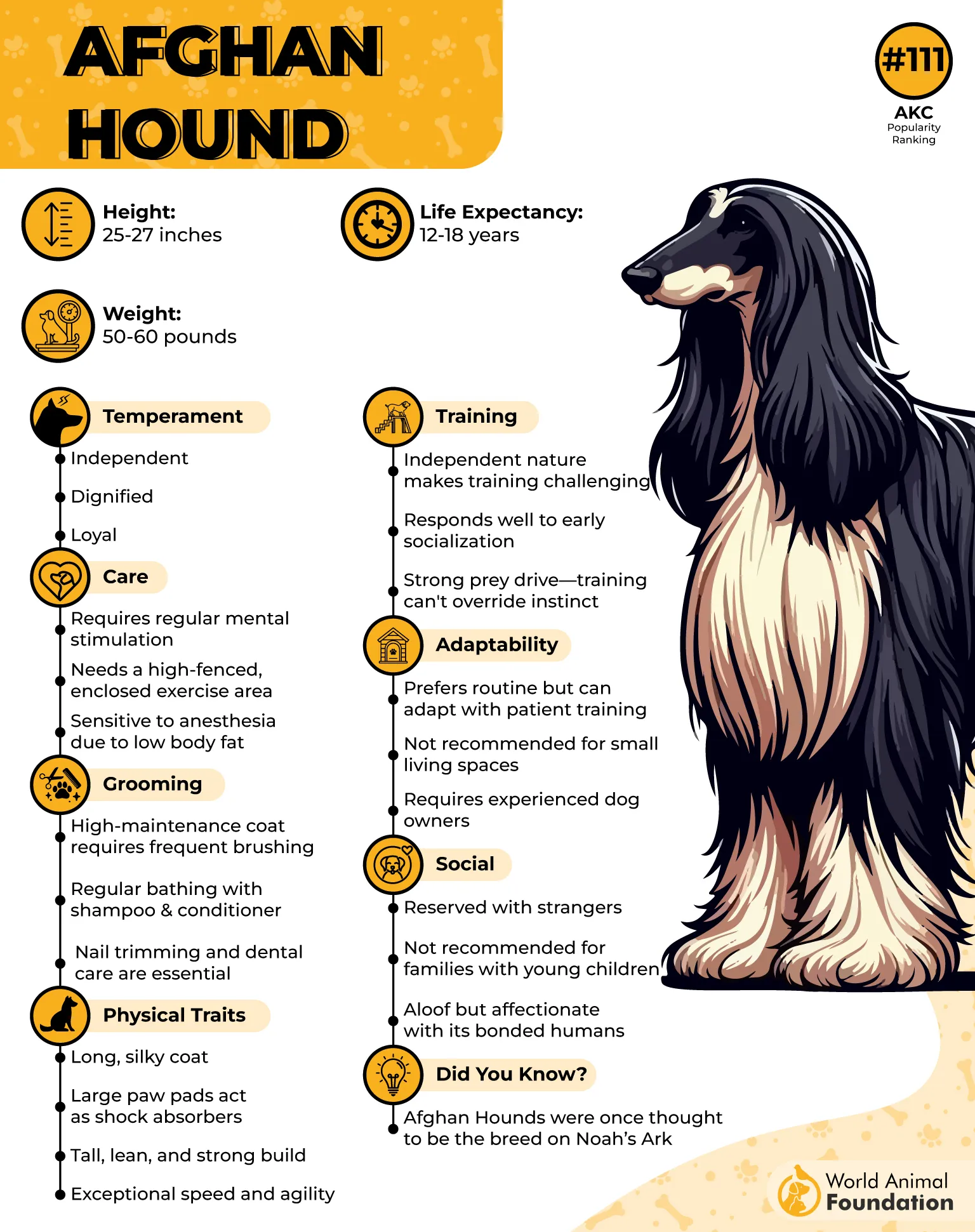
Afghan Hound has boundless energy, and it loves running around and chasing game if it gets a chance. Moreover, it needs 2 hours of exercise to stay active.
This dog breed is an independent thinker, so they aren’t easy to train. They require gentle, consistent, and tolerant pet parents who can entertain them. Further, they are sensitive, so they don’t take well to punishments.
5. Shiba Inu
The small to medium-sized Shiba Inu is an ancient dog breed that originated from Japan. It was originally bred to hunt birds and wild boars. But the National Shiba Club of America states this old breed has turned into a potato couch.
They were brought to the USA almost 60 years ago, and since then, there has been an increase in their popularity. White marked coat of different colors, alert expression, and smooth strides make them look like a fox.
They have a unique and spirited temperament. Moreover, they are also smart, confident, and most importantly, independent. As they are considered stubborn, it is difficult to train them. Pet parents say that this dog is hardly eager to please. However, they can be controlled through intrinsic motivation.
6. Dachshund
Dachshund, famously nicknamed as “hot dog” or “wiener dog,” is a medium-sized breed with short legs with an extended body. It was originally intended to hunt burrowing animals such as rabbits and foxes. Hunters even utilized teams of Dachshunds to track wild boar, which is surprising given how deadly these animals can be. However, this demonstrates that the Dachshund has the bravery to outmatch their size.
Dachshunds are known as an energetic breed with active personalities. They frequently have a curious and adventurous disposition and like playing and exploring with their family.
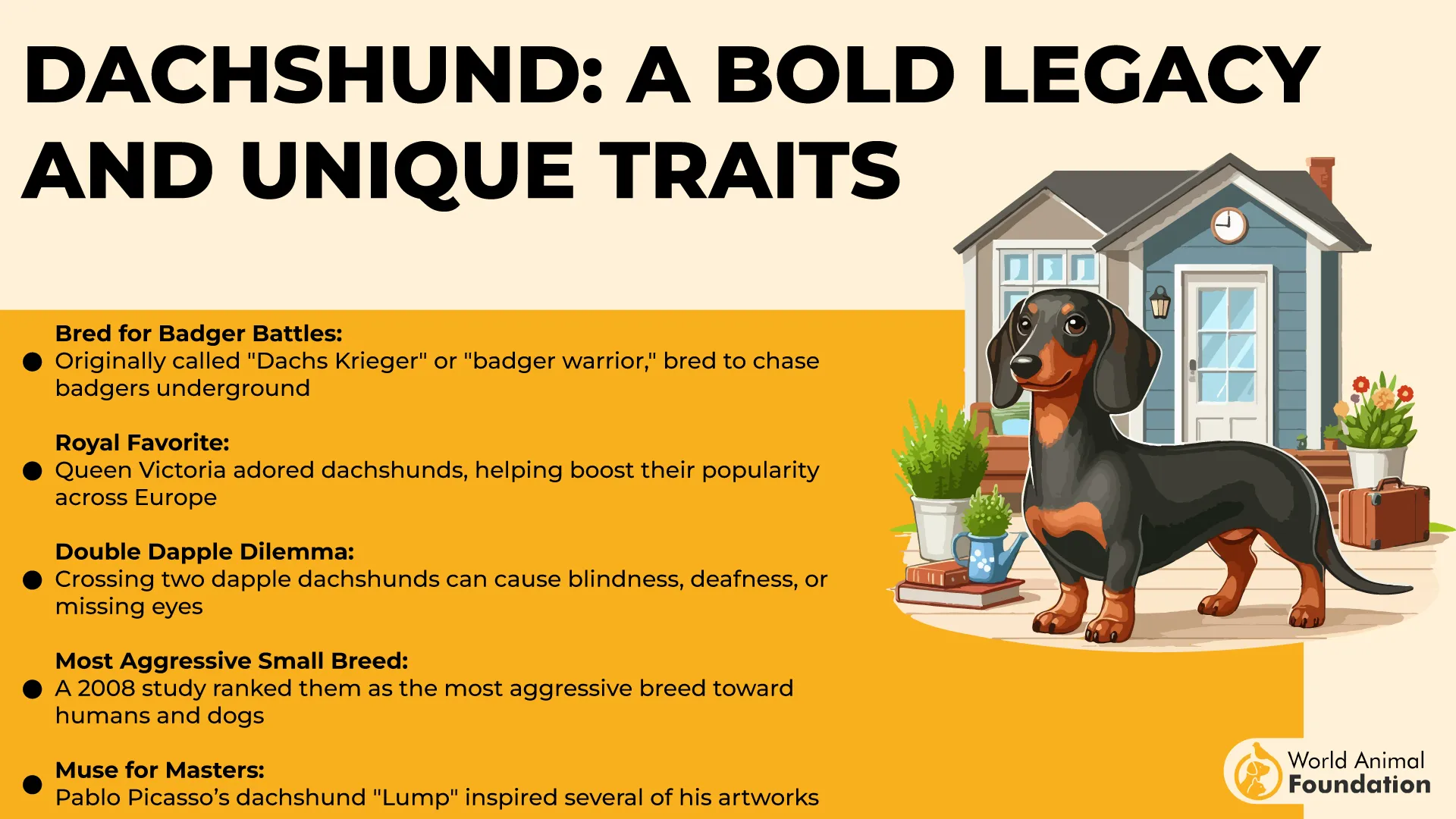
Training this breed may be quite difficult. Some Dachshund dog owners even abandon the concept of training their puppies. So, if you are looking for an obedient and easy-to-train dog, the Dachshund may not be the right dog for you.
7. Beagle
Usually, Beagle is thought to be medium-sized dogs, but in actual they have 2 sizes. One stands between 12 to 15 inches tall while the other is under 12 inches. Regardless of their size, fully grown beagles weigh no more than 30 pounds. This floppy-eared breed has a dense double coat and a nonstop wagging tail.
Beagles or people-friendly dogs who get along well with other pets. Moreover, they are scent-oriented, so they follow their nose. Further, they are very active dogs who prefer an active owner. They love playing games, and they excel in dog sports.
They can be challenging dogs to train; however, if the pet parent understands their needs and personality, it would be helpful. Beagles are hunting dogs who use their sense of smell to hunt; therefore, they don’t tend to learn basic commands. This makes the training session very difficult.
They also have an independent streak, so they are not eager to please. This trait is also a hurdle in training.
8. Basset Hound
It is a dog breed that was developed in France centuries ago. It was developed as a hunting dog to hunt hair, rabbits, and deer. But was also used in hunting birds, foxes, and other dog sports. According to Britannica, it is heavy heavy-boned and short-legged dog.
Basset Hound has a very calm personality and is usually friendly towards people. Moreover, these hounds are devoted to families. They are very hardest dogs to train compared to other breeds. It is wrong to say that they lack intelligence. But the root cause is their independent nature.
9. Shar-Pei
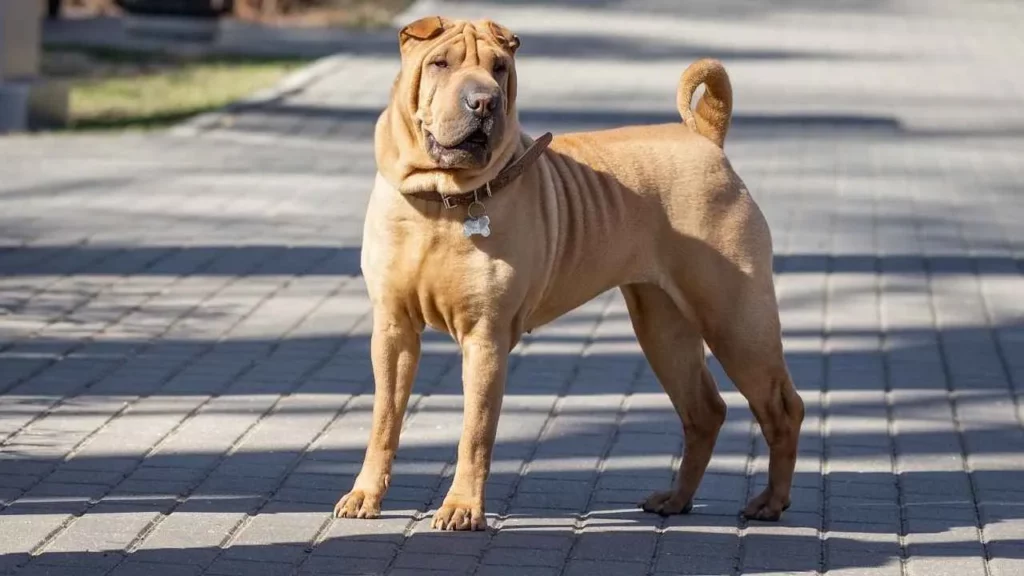
The Shar Pei developed in the Chinese Han Dynasty almost 2,000 years ago. Their broad muzzle, bluish black tongue, and small eyes and ears have made them famous. This medium-sized breed weighs between 45 to 60 pounds. Moreover, they are 18 to 20 inches tall.
They are very loyal dogs can be overprotected at times. Their intelligence and independent thinking make them very difficult to train. Further, they have a strong will, and they might become stubborn. But pet parents can train them with patience, consistency, and positive reinforcement.
Conclusion
Training some difficult dog breeds can be challenging, even if they show keen intelligence or are part of a highly intelligent group. Many have a stubborn streak and require more than basic effort. With positive reinforcement, dog sports, and boundless energy, any pet parent can make progress. Even if training isn’t always fun, the right mix of patience, mental stimulation, and love can help overcome the difficulty of training certain dogs.


